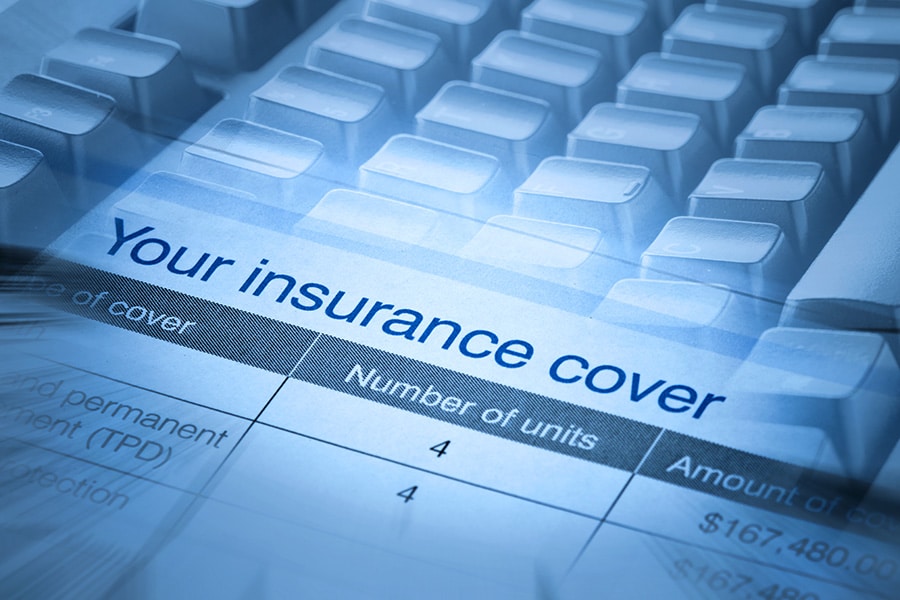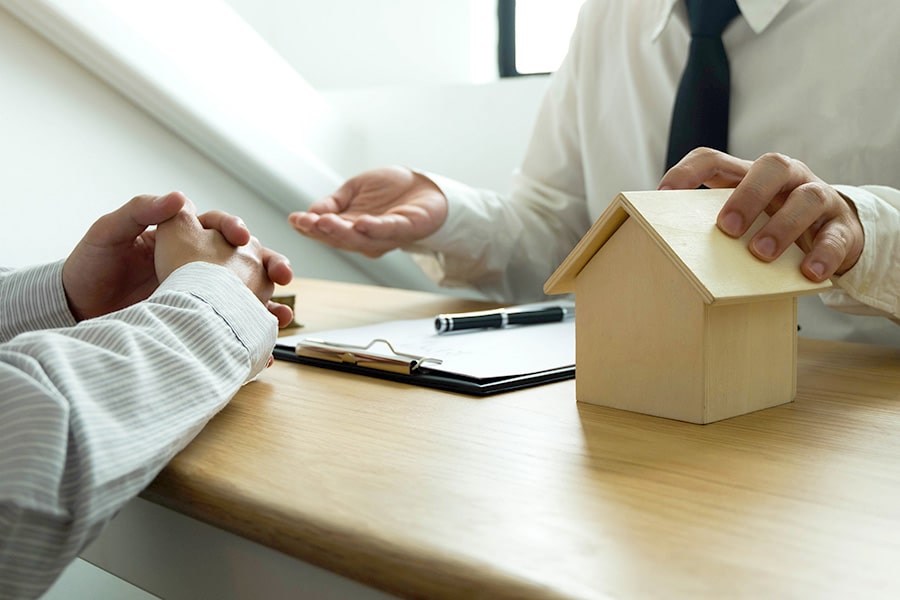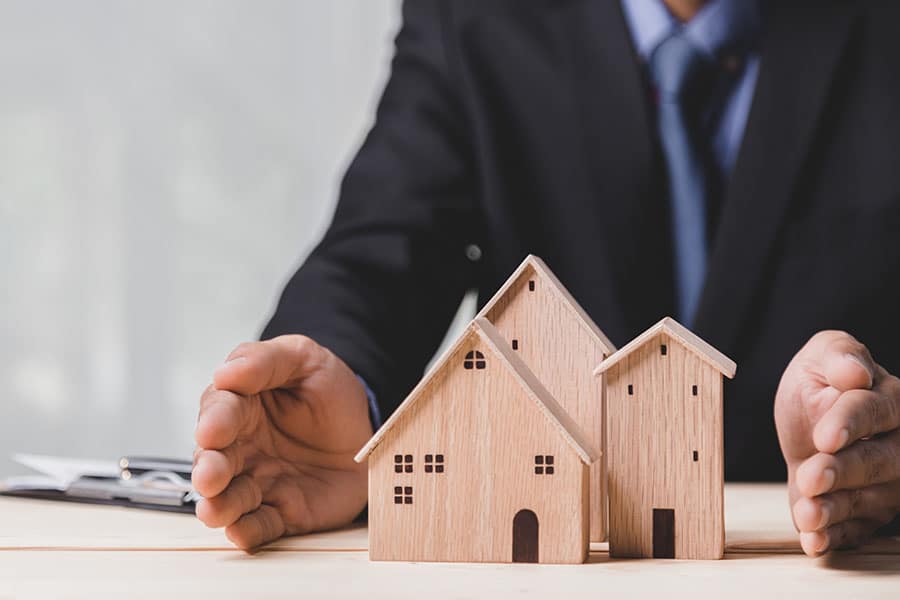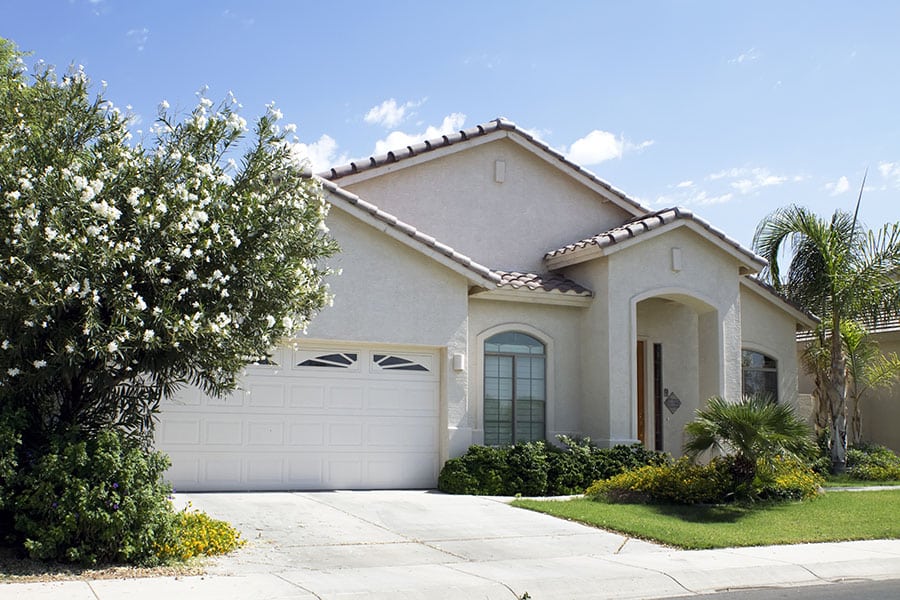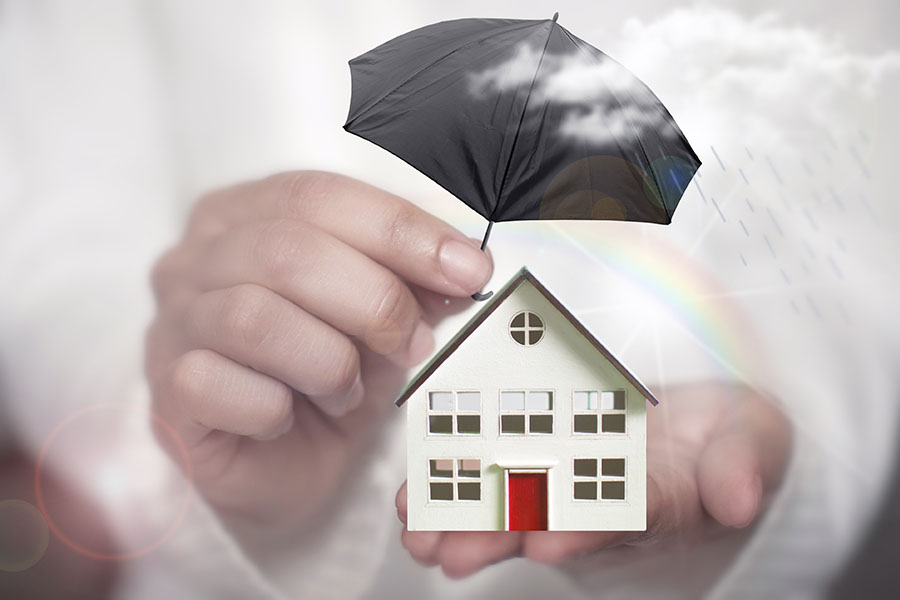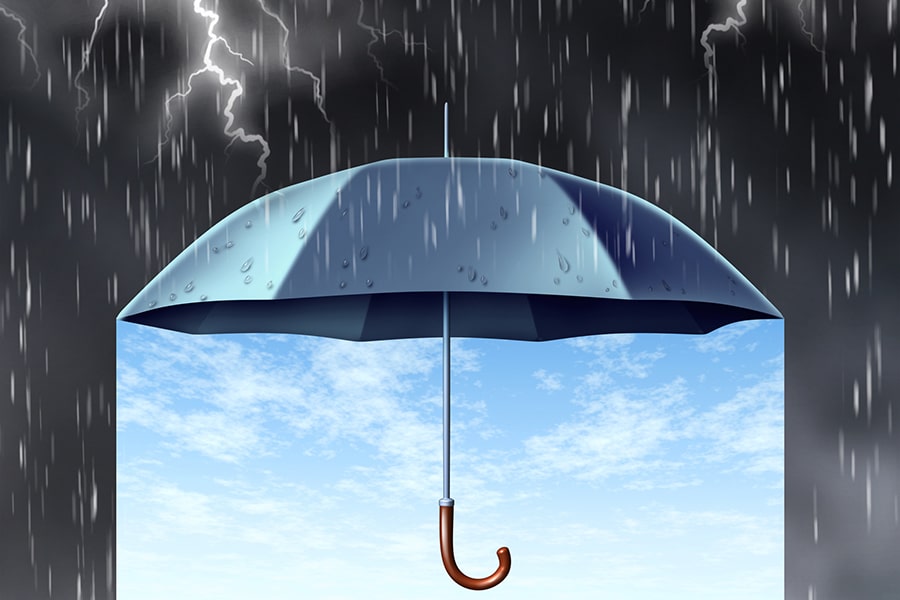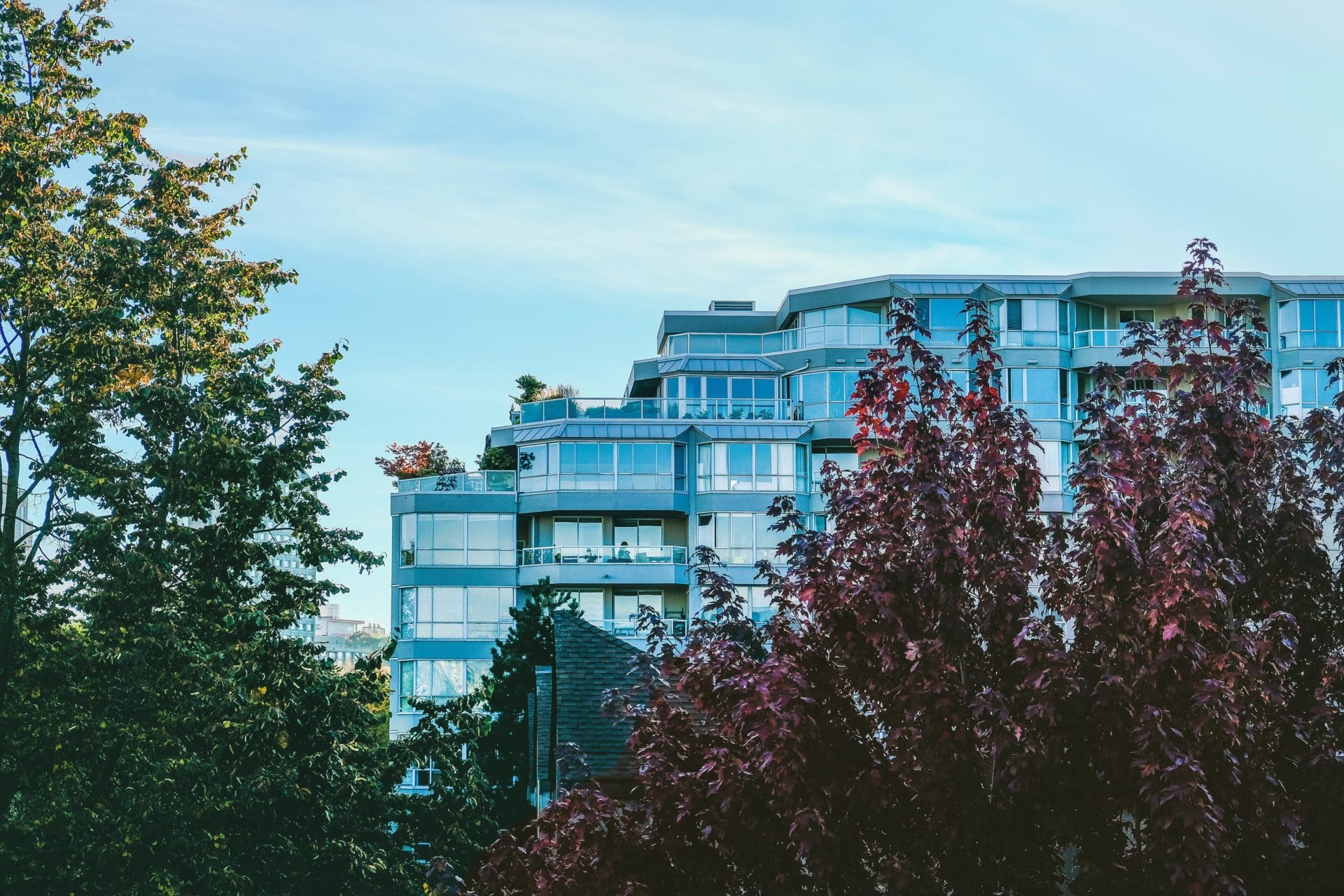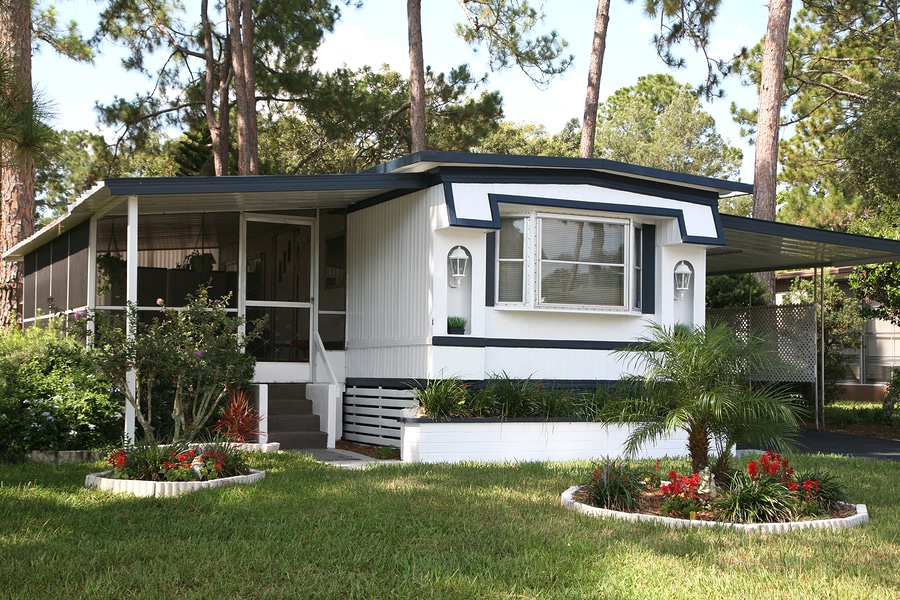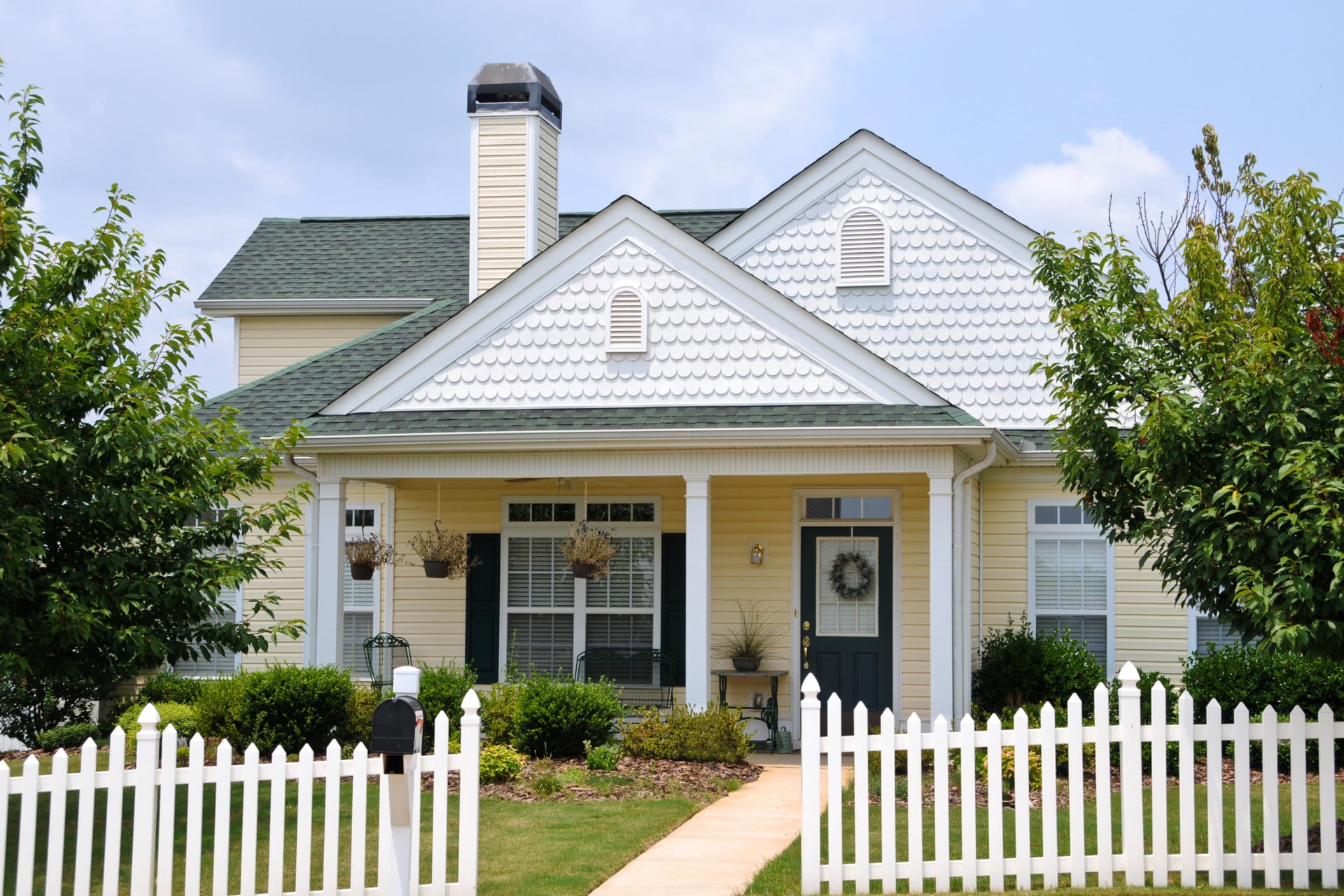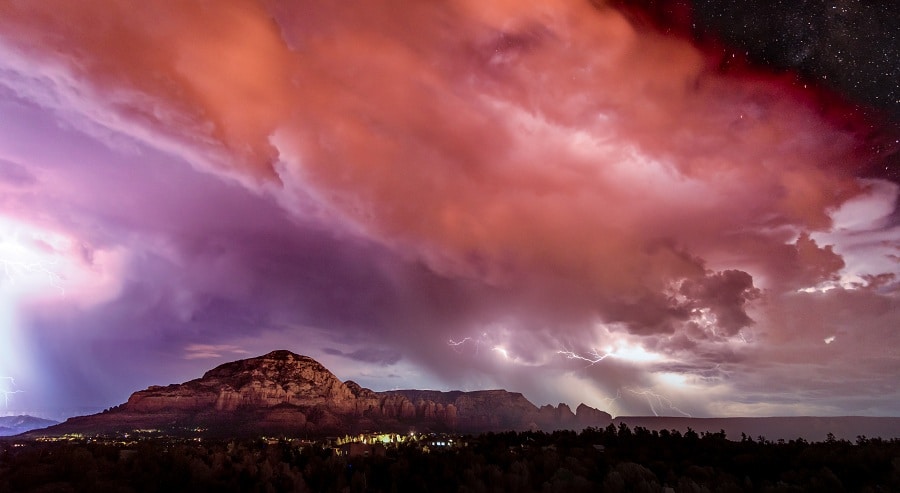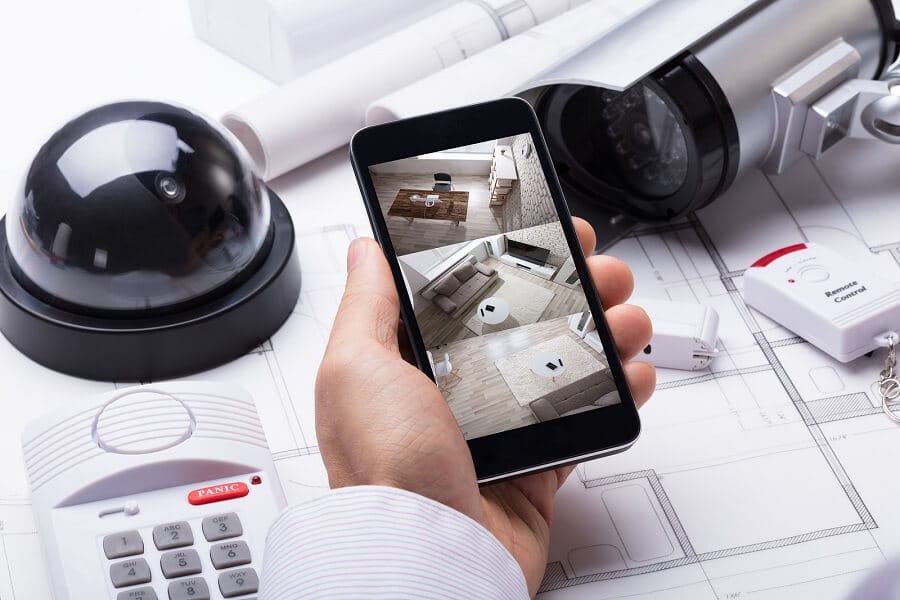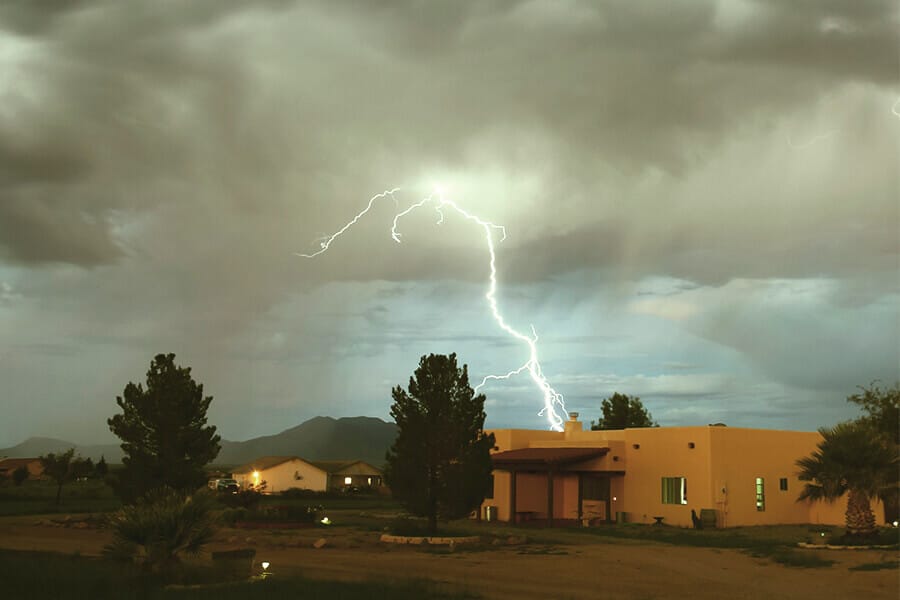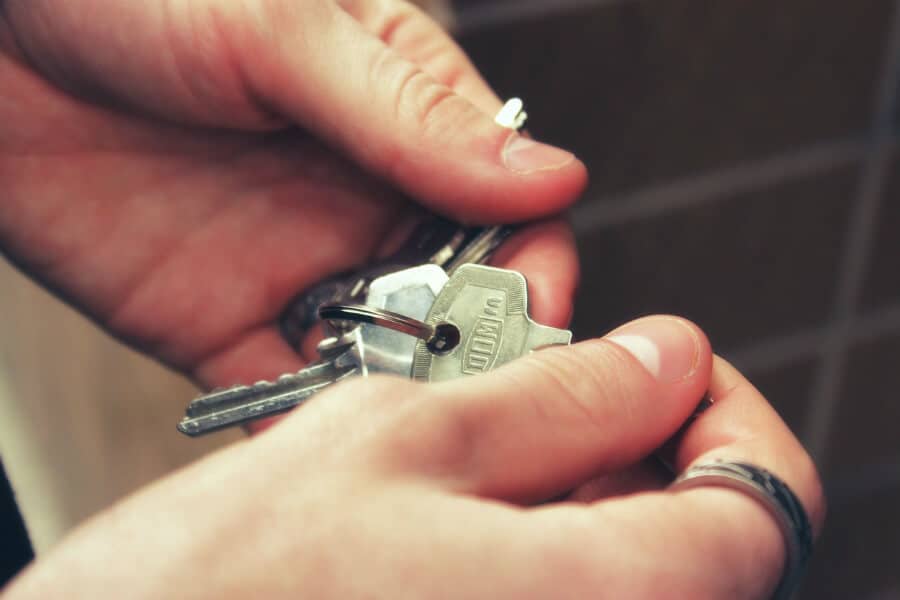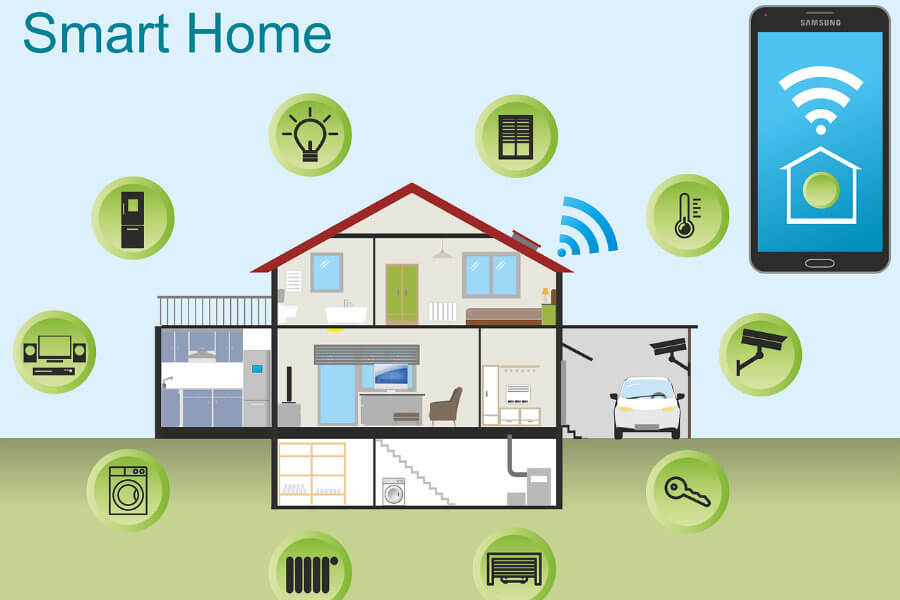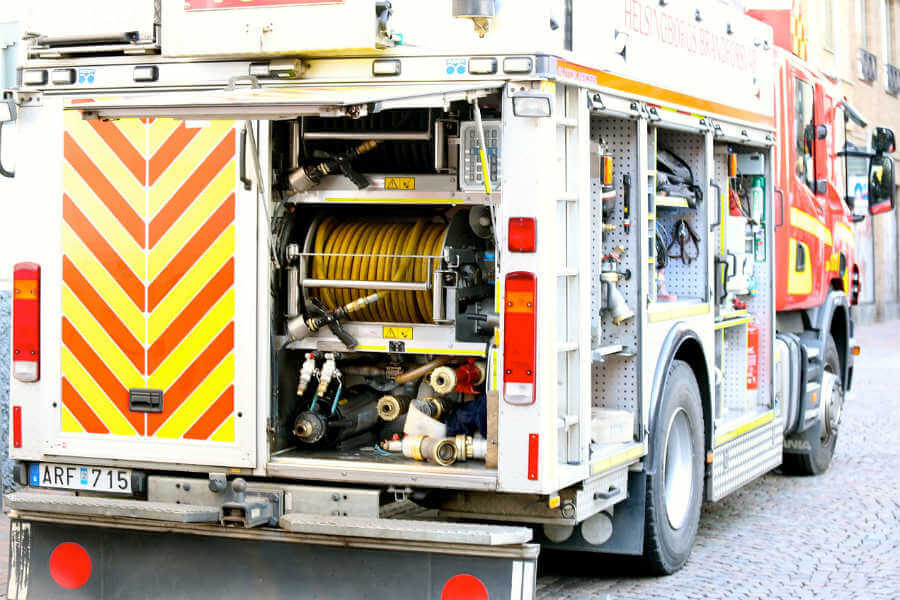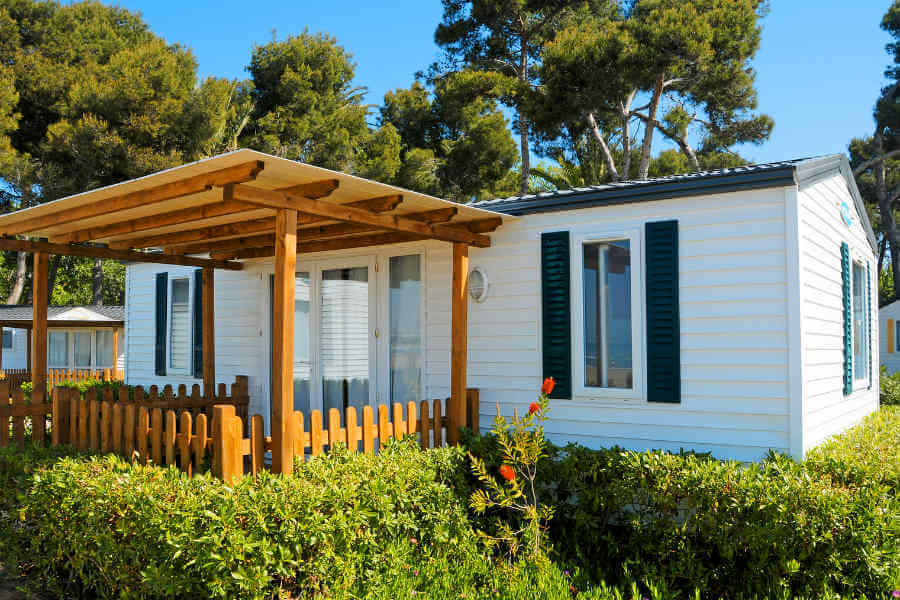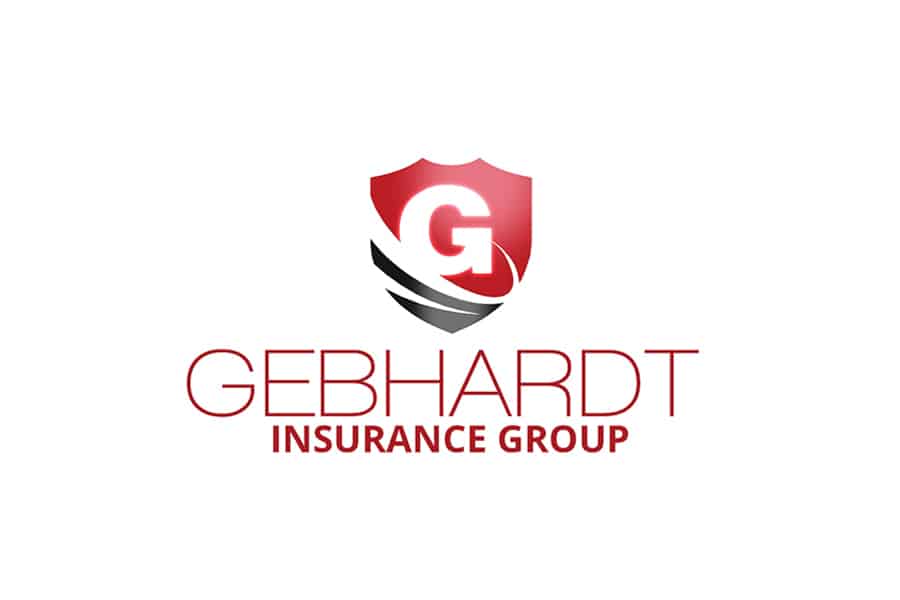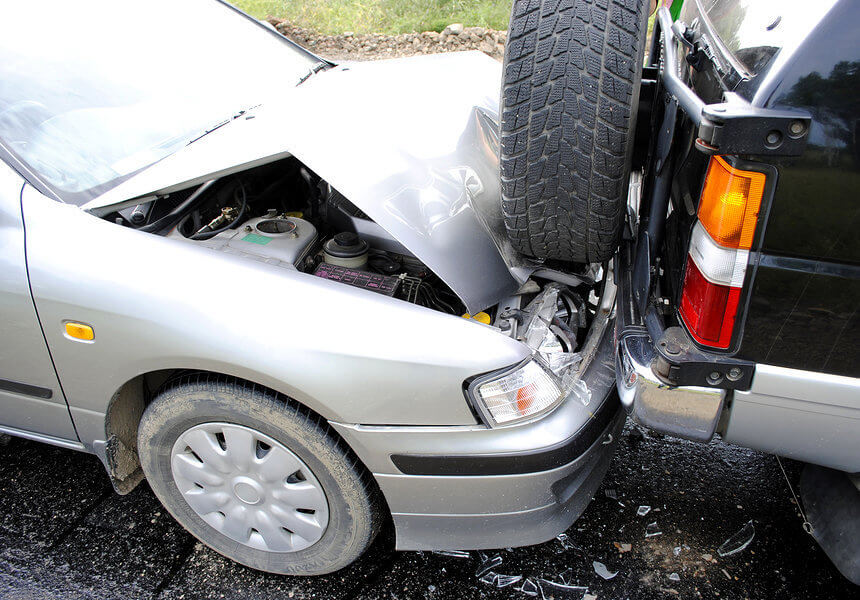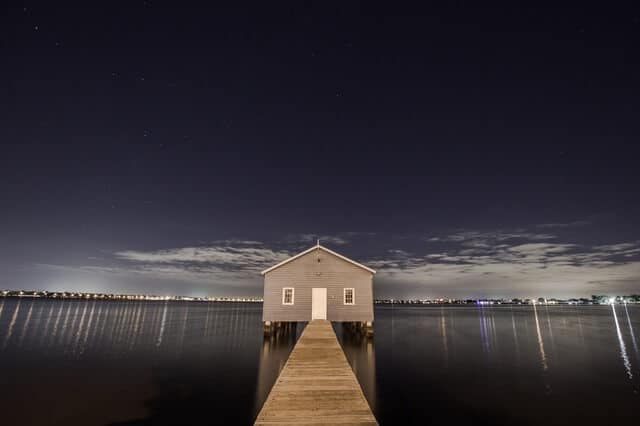Blog
Summer in Casa Grande & Maricopa: Why Insurance Matters More Than Ever
As summer 2025 heats up in Casa Grande and Maricopa, AZ, residents can expect soaring temperatures, powerful dust storms, and […]
Recent
Why Casa Grande and Maricopa Drivers Are Paying More for Car Insurance—And How Gebhardt Insurance Group Can Help Lower Your Premium
As your hometown insurance agency serving Casa Grande and...
June 12, 2025Navigating Arizona Car Insurance: How to Choose the Right Coverage
When purchasing car insurance in Arizona, drivers have se...
May 22, 2025Home Insurance
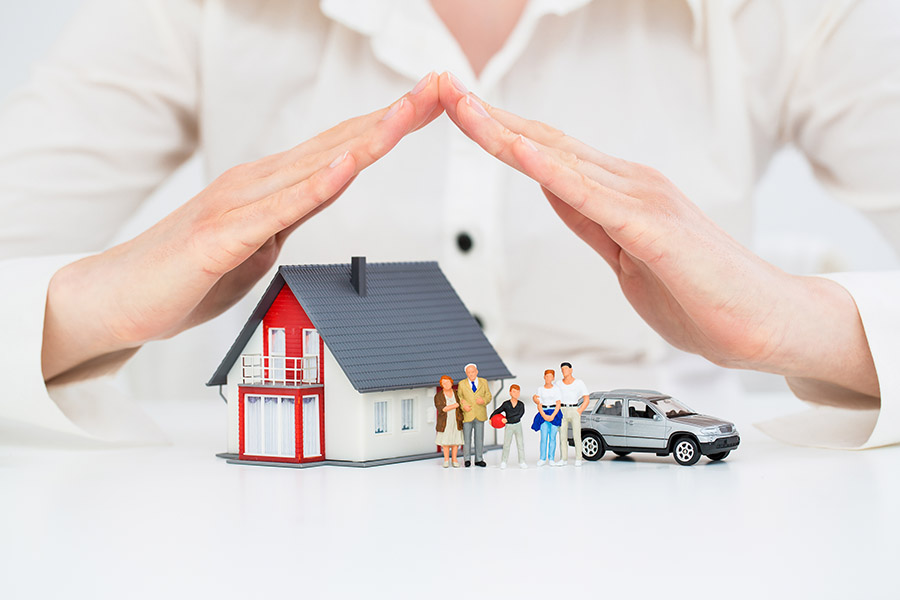 Auto Insurance, Business Insurance, Home Insurance, Insurance, Renters Insurance
Auto Insurance, Business Insurance, Home Insurance, Insurance, Renters InsuranceSummer in Casa Grande & Maricopa: Why Insurance Matters More Than Ever
April 10, 2025 Home Insurance
Home InsuranceMaricopa Home Insurance Made Easy: How Gebhardt’s Local Experts Find Your Best Coverage
March 20, 2025 Auto Insurance, Business Insurance, Home Insurance, Mobile Home Insurance, Motorboat Insurance, Motorcycle Insurance, Renters Insurance
Auto Insurance, Business Insurance, Home Insurance, Mobile Home Insurance, Motorboat Insurance, Motorcycle Insurance, Renters InsuranceStruggling to Find Specialized Coverage? Insurance Agents in Maricopa, AZ Have You Covered
January 21, 2025Recent
Why Casa Grande and Maricopa Drivers Are Paying More for Car Insurance—And How Gebhardt Insurance Group Can Help Lower Your Premium
As your hometown insurance agency serving Casa Grande and...
June 12, 2025Navigating Arizona Car Insurance: How to Choose the Right Coverage
When purchasing car insurance in Arizona, drivers have se...
May 22, 2025 Business Insurance, Home Insurance, Life Insurance
Business Insurance, Home Insurance, Life InsuranceTop 5 Reasons Casa Grande Residents Need Customized Insurance Coverage
December 16, 2024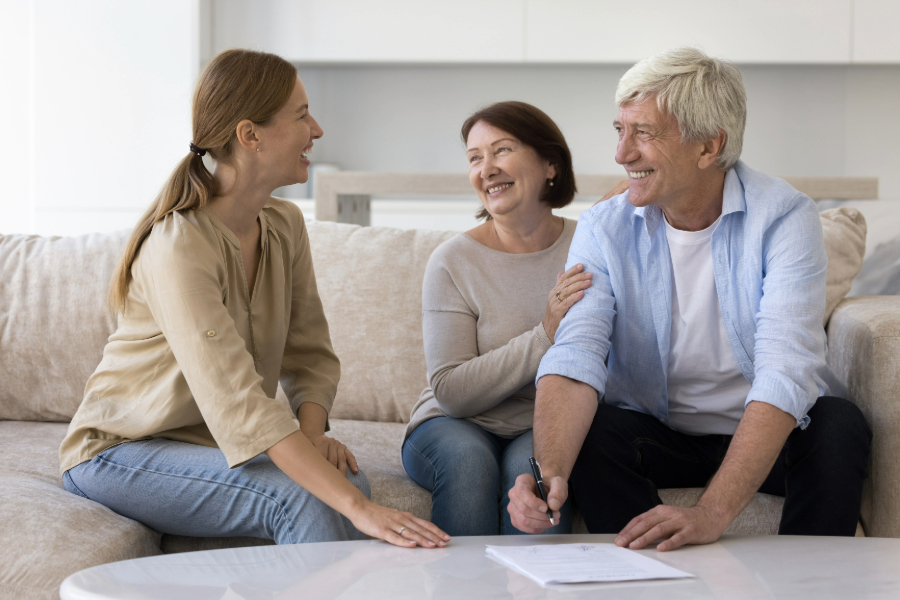 Auto Insurance, Home Insurance, Mobile Home Insurance
Auto Insurance, Home Insurance, Mobile Home InsuranceHow Casa Grande Insurance Brokers Simplify Coverage for Arizona Snowbirds
December 9, 2024Stay in touch with us
And get a free quote!
 Auto Insurance, Business Insurance, Home Insurance
Auto Insurance, Business Insurance, Home InsuranceAnswering Your Questions: What is Commercial Insurance?
August 28, 2023 Insurance, Auto Insurance, Home Insurance, Life Insurance
Insurance, Auto Insurance, Home Insurance, Life Insurance
